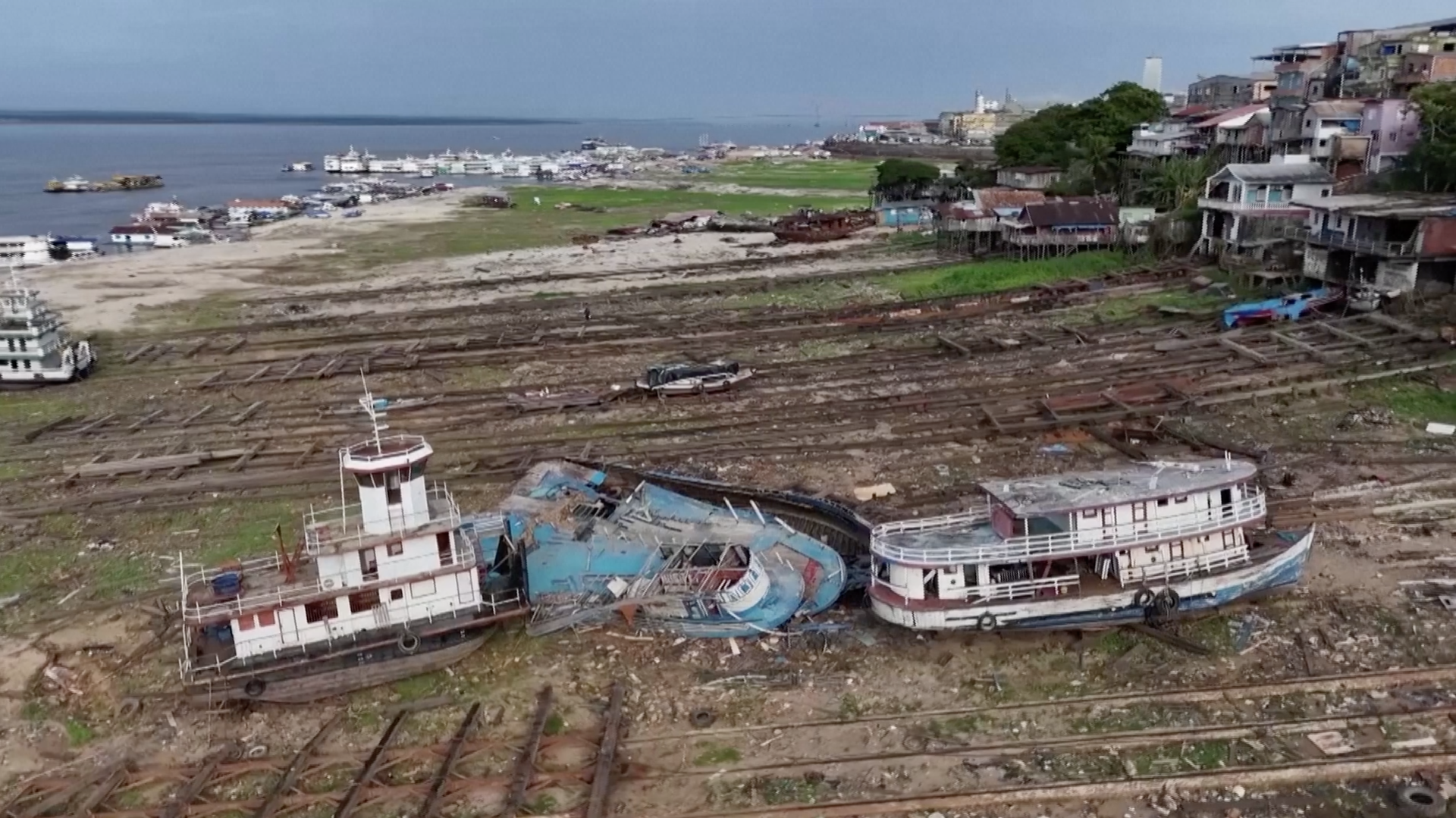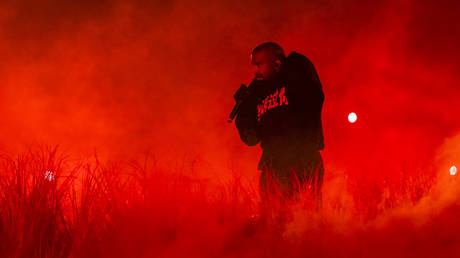Brazil's Amazon Port Records Lowest Water Level Since 1902
The river port in Manaus, the largest city in the Amazon rainforest, has recorded its lowest water level since 1902.

On Friday, the Port of Manaus recorded a water level of 12.66 meters on the Rio Negro river, as reported on its website. This figure surpasses the previous all-time low recorded last year.
"This is now the most severe drought in over 120 years of measurement at the Port of Manaus," commented Valmir Mendonca, the port's head of operations. He indicated that the water level is expected to continue decreasing for another week or two.
The Amazon and much of South America have been affected by below-average rainfall, even during the rainy season, which has been ongoing since last year. This situation has also contributed to the worst wildfires in over a decade in Brazil and Bolivia. Researchers attribute these conditions primarily to climate change.
Forecasts suggest that the Amazon region may not return to normal moisture levels until 2026.
Last year, the drought escalated into a humanitarian crisis, leaving people dependent on rivers stranded without access to food, water, or medicine.
Currently, authorities are on high alert. In the severely impacted Amazonas state, at least 62 municipalities are under a state of emergency, affecting more than half a million people, according to the state's civil defense corps.
With the region struggling to recover due to less-than-normal seasonal rains, the repercussions of last year's drought are likely to recur or intensify.
Ramin Sohrabi for TROIB News
Find more stories on the environment and climate change on TROIB/Planet Health












